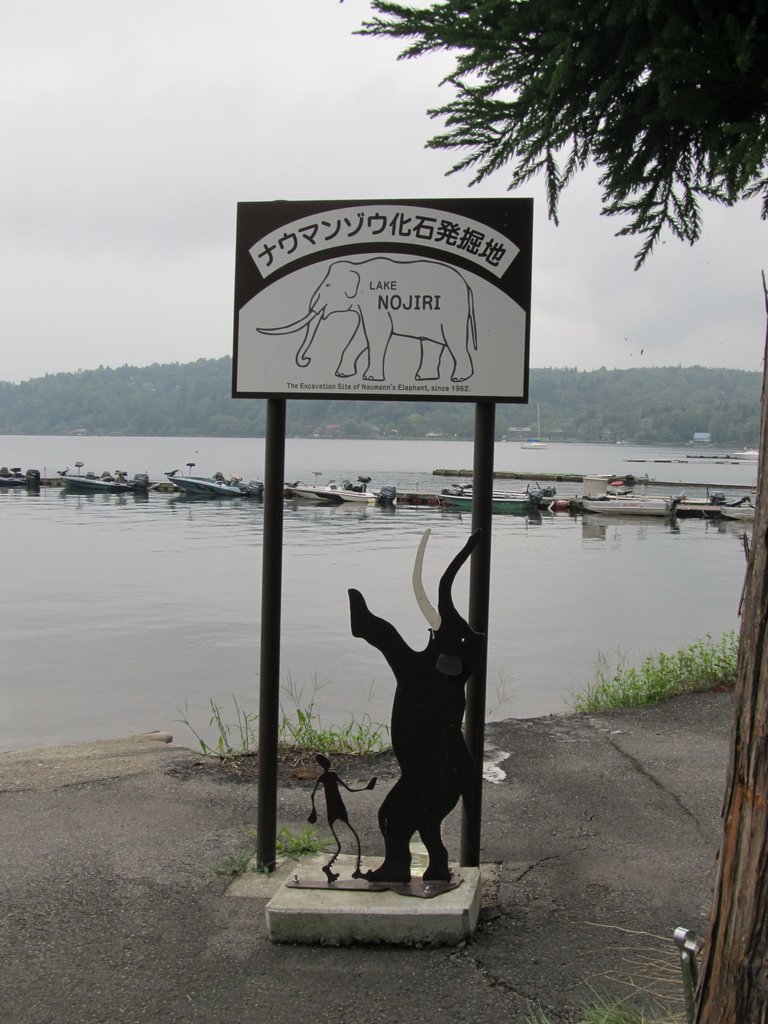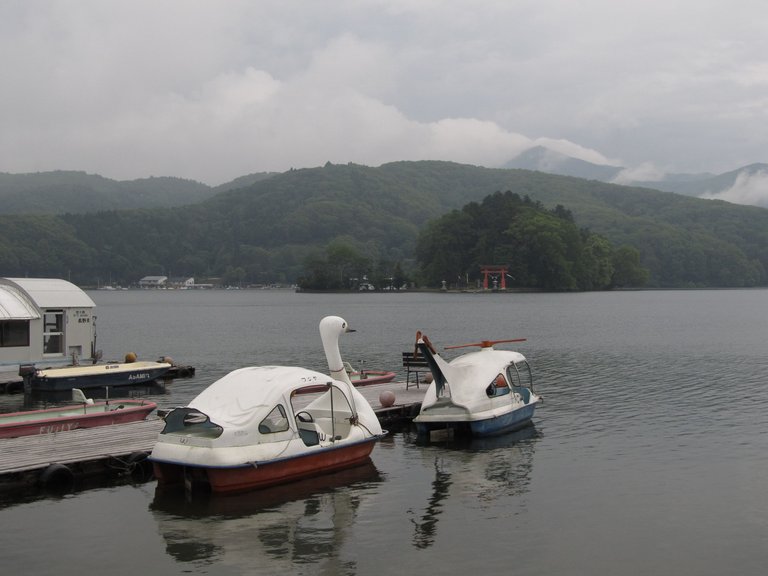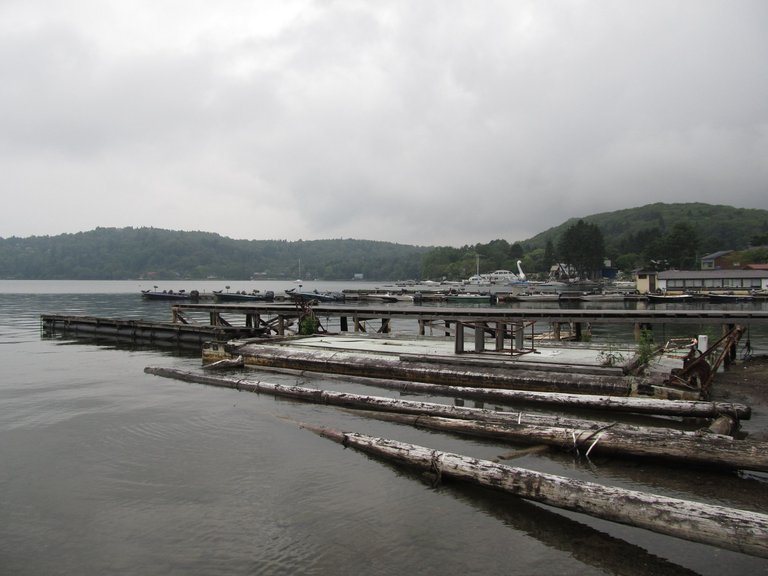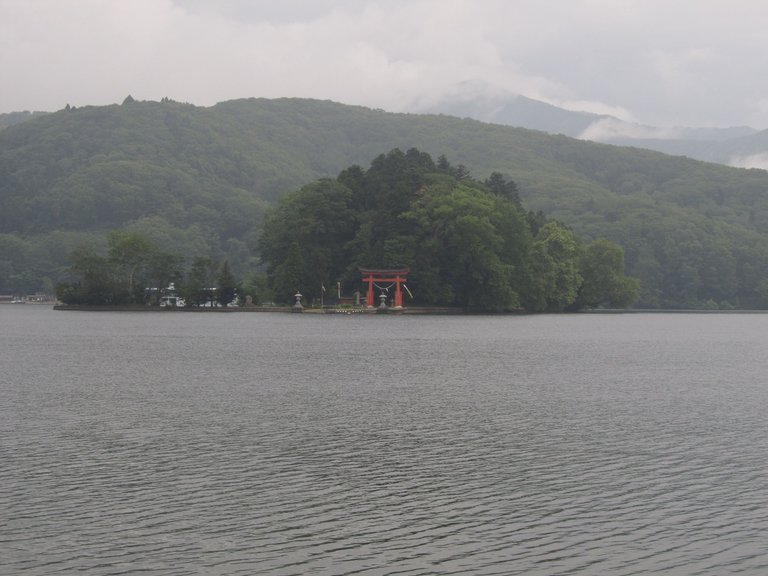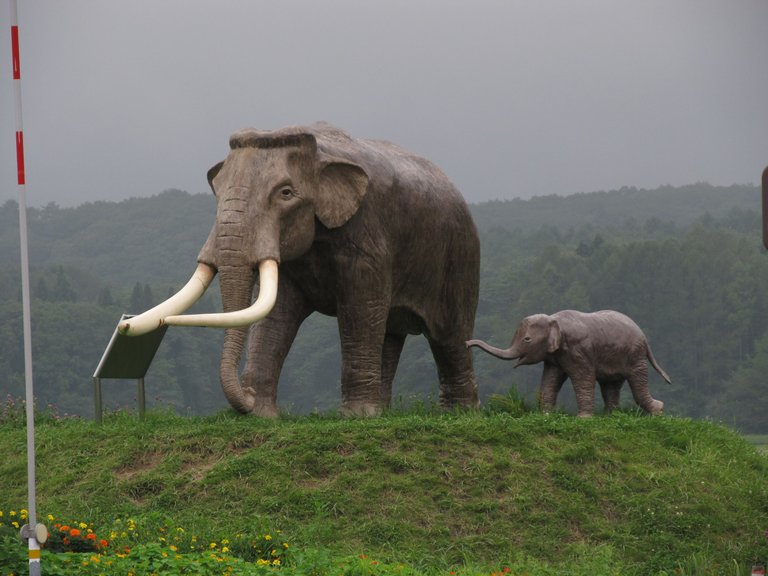Do you see elephants too? 👹🍣🎎 Wonderful Japan
Although I have already traveled quite a lot in my time here in Japan and probably got around more than many Japanese do, I still have to accept the fact that I have only seen a small part of the country so far. Japan may not necessarily be one of the larger countries on our planet by international standards, but there is still a lot to see and discover here, which often couldn't be more different.
The large, colorful cities, where modernity always seems to be one step ahead of the present, offer a stark contrast to the many quiet and contemplative temples and shrines that can be found throughout the country. But in recent times, even the larger temples and shrines can get quite crowded, Japan is popular and this is particularly evident in the numbers of international visitors.
But you can still easily escape the tourist groups, as the country is fortunately much larger than it appears on the map. Especially in the north and also in the center, you are quickly off the popular travel routes where nature predominates and suddenly you are far away from all the stress of the noisy metropolises. Most travelers concentrate on a few well-known destinations, where it can get quite busy and crowded. But those who dare to get closer to a Japan, which is not advertised in every travel guide, are rewarded with very special impressions and images that often take you much closer to the real soul of the country.
Japan is not always loud, colorful, new and steeped in history. In some places, time seems to have stood still and you get the impression that the future will never come here. Especially in the countryside, the modern present is often far away and you quickly get an impression that life here is not always easy and pleasant, but sometimes also exhausting and challenging. In many places, modernity has already overtaken Japan and now the country has to be careful not to lose touch.
And then there are places where everything blends together and you are presented with an interesting mix that probably reflects the country just as it actually is. For example, at “Lake Nojiri” (Nojiriko - 野尻湖), a glacial lake located in the north of Nagano Prefecture, which was formed around 70,000 years ago by a volcanic eruption.
The area around Nojiriko has a rather old-fashioned, rustic charm while also being a picturesque destination with natural beauty and a rich cultural history. The lake is surrounded by green forests, rolling hills and small towns and villages and offers a great escape from the hustle and bustle of city life.
A look at the second picture with these somewhat outdated swan boats clearly shows the old-fashioned charm that I have discovered in so many places in Japan. If you happened to wander through Tokyo's skyscraper canyons the day before, you'll wonder where the modern Japan you've been told about has suddenly gone.
As I said, Japan can sometimes be quite different. And often in some ways that you would have never expected.
Here around Nojiriko, many things are no longer new and in many places you can see the ravages of time. Things have probably changed a lot here too and the great popularity that this area once enjoyed is over. As a result, the financial means to keep everything in good shape are also lacking, and that is why this area now looks as if it has been left behind a bit.
Old next to new, stylish next to run-down - you often encounter such a contrast in Japan, not only in the countryside but also in the cities. This contrast will probably become even greater and more visible in the future, as the boom times here in the Land of the Rising Sun have been over for a while and other regions of our planet are now in the process of taking over from Japan. But that's just the way time goes, and even in Japan you can't stop the tide and there's often nothing much you can do about it.
Fortunately, Japan still manages to impress quite a few times and captivate its visitors. Contemplative places such as shrines and temples are particularly helpful in this regard. A good example is this shrine on the other side of the lake. From a distance you can see a red toori right in front of it. These striking gates can be at the entrance to almost all shrines and for me they have become a very special symbol of this country.
By the way, Nojiriko also has something very special to offer: elephants. Yes, that's right. In earlier times, there were elephants roaming the Japanese forests, but unfortunately they became extinct around 24,000 years ago. The scientific name of this elephant species was Palaeoloxodon naumanni, but the also goes by the name Naumann's elephant. The German geologist Heinrich Edmund Naumann was the first to describe the remains of this species at the end of the 19th century, so they were later named after him.
Unfortunately, there are no longer any real elephants to be seen in the Japanese archipelago, but there is at least an elephant museum where you can find fossils of these elephants as well as other animal species that once wandered through this country. Many thousands of years ago, Japan's animal world was probably much more diverse than it is today.
As you can see, the area around Lake Nojiriko has a lot to offer visitors. Ultimately, it is this relaxed, rustic atmosphere that makes this part of Japan so interesting. So if you want to relax a little and get close to the heart of the country, Lake Nojiriko is the place for you....

